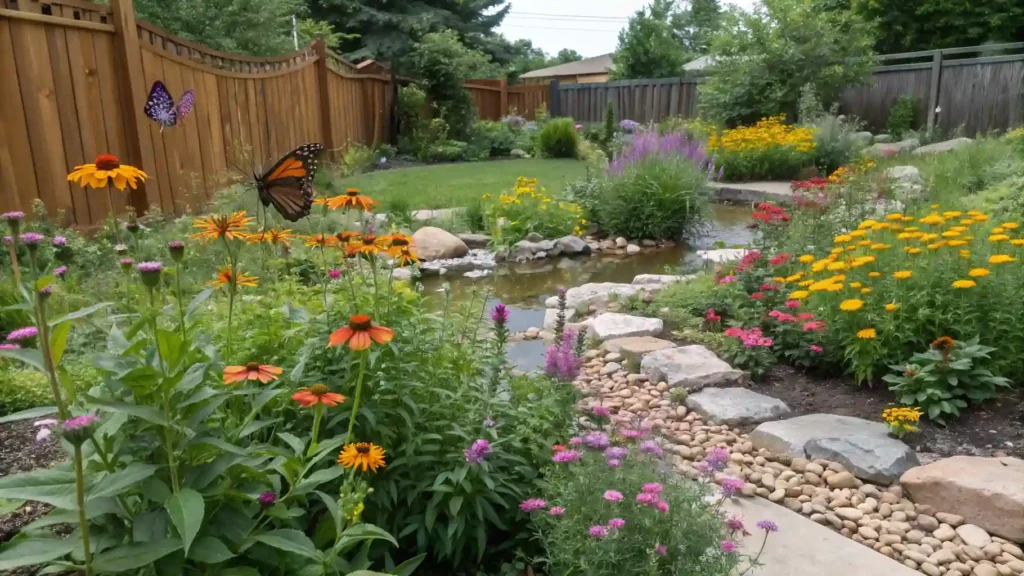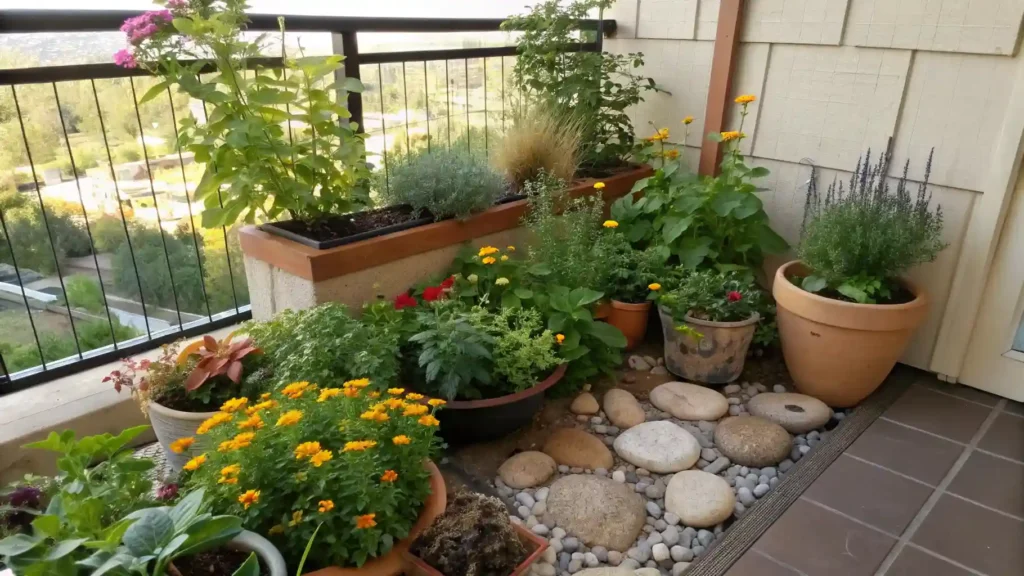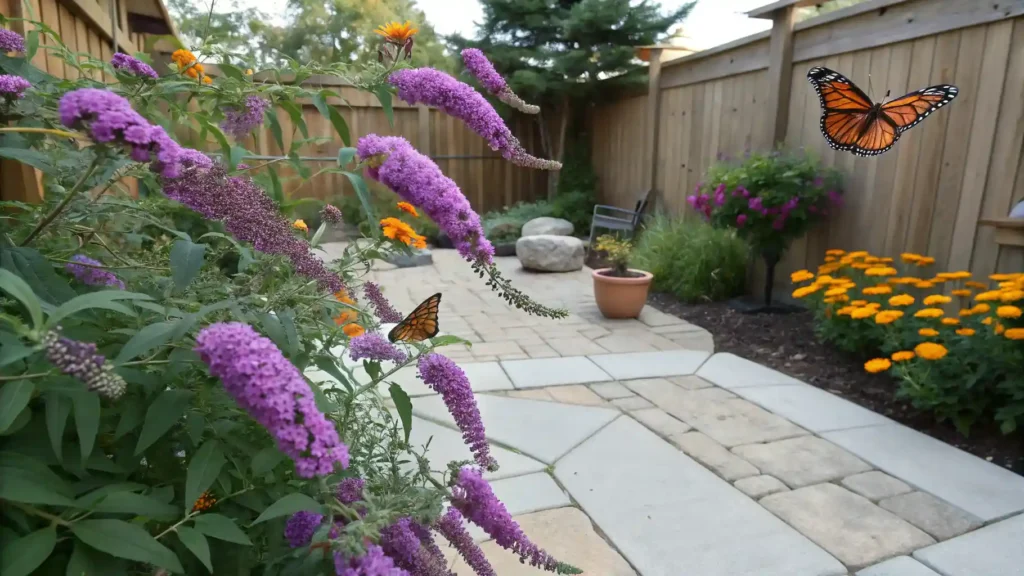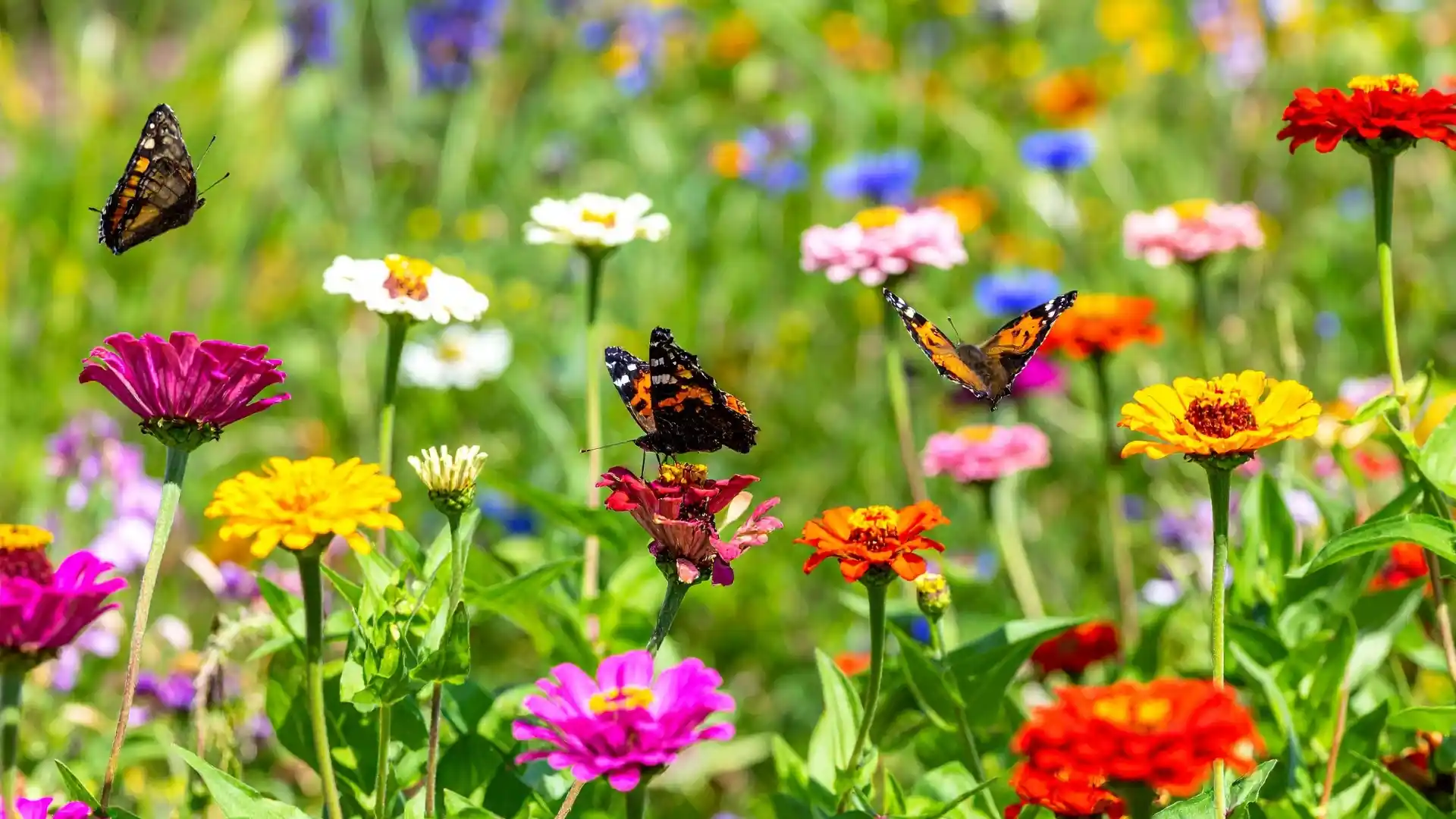A butterfly garden is not just about bringing colorful dancing cheer to your outdoors, but also much more. As a result, pollinators, captivating color-spangled butterflies create a live demonstration of vibrant life in your yard. However, an alarming rate of habitat loss has today resulted in a decrease in the butterfly population worldwide. Therefore, conservation of these beautiful species can be your contribution by building butterfly gardens.
In this context, this write-up will take you through the steps to create a butterfly-friendly haven. So, come, let us embark on this important eco-support journey with tips from sources like the Missouri Botanical Garden and HGTV.Butterfly Garden: Why Should You Start One?

Step 1: The Right Location is Vital
Step 2: Garden Layout Preparation
For a flourishing butterfly garden:
- Nectar Plants for Food: Nectar is the top food choice of adult butterflies.
- Host Plants for Support: Caterpillar growth and egg-laying are supported by host plants.
- Water Bodies: ‘Puddling’ with mud puddles, wet sand, and water placed in shallow containers to provide necessary minerals and moisture.
- Protective Shelter: Overwintering and protection are possible with log piles, shrubs, or tall grasses.
Step 3: Handpicking Butterfly-Friendly Plants
Nectar Plants
| Plant Name | Description | Bloom Time | Zones |
|---|---|---|---|
| Butterfly Weed (Asclepias tuberosa) | Bright orange flowers, attracts a wide range of butterflies. | Summer | 3-9 |
| Purple Coneflower (Echinacea purpurea) | Pinkish-purple blooms, loved by butterflies and bees. | Summer to Fall | 3-9 |
| Lantana (Lantana camara) | Colorful clusters in multiple hues, blooms continuously. | Summer to Fall | 8-11 |
| Bee Balm (Monarda didyma) | Vibrant red or purple flowers, attracts swallowtails and other species. | Summer | 4-9 |
Host Plants
| Plant Name | Butterfly Species Supported | Notes |
|---|---|---|
| Milkweed (Asclepias spp.) | Monarchs | Essential for monarch caterpillars; choose native species like swamp milkweed. |
| Parsley, Dill, Fennel | Black Swallowtails | Easy-to-grow herbs that caterpillars feed on. |
| Hollyhocks, Mallow | Painted Ladies, Checkered Skippers | Biennial or perennial, supports caterpillar growth. |
Butterfly activity is at its peak during the middle to late summer. Therefore, consider all vital aspects and plant a variety of plant species with different bloom times to ensure a continuous food source. Moreover, with their short life span, adult butterflies need more than one food source. Hence, as many varieties of nectar plants as you can lay your hands on.
Step 4: Butterfly Garden Care
- Watering Agenda: Established native plants require negligible watering. But follow a regular watering agenda, especially for non-native plants.
- Deadheading Task: Remove spent and dead blooms ASAP. This prolongs nectar production and facilitates perennial flowering.
- Pesticide Prevention: Organic pest control medicines and methods are easily at hand these days. Broad-spectrum pesticides should be avoided at all costs to prevent harm to these beautiful living creatures.
- Track and Observe: Keep a track record of butterfly visitors in a journal. Identify which are the species that are attracted to specific plants, to organise the elements in the garden accordingly.
Additional Perks
- Container Gardens: Potted nectar and host plants like lantana or parsley can sit in modest spaces like balconies.
- Vertical Gardening Plus: Save ample space and help the environment by creating microclimates.
- Long-Life Blossoms: Black-Eyed Susan (Rudbeckia) and Joe-Pye weed are great choices as long-lasting blooms.
- Layout Planning: Shorter plants in front with taller species at the back look good and are within reach to work on. Flat rocks around plants help butterflies to bask and provide warmth for their bodies.
- Kits for Butterfly Gardens: Debutants can benefit from nurseries like Rare Roots, which provide pre-selected plants and user-friendly kits.

Cautionary Advice on Butterfly Bushes


